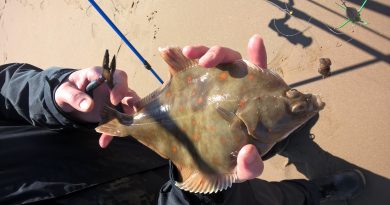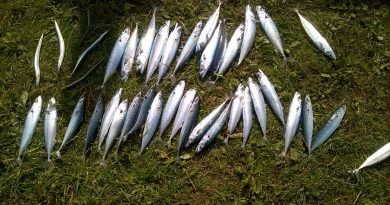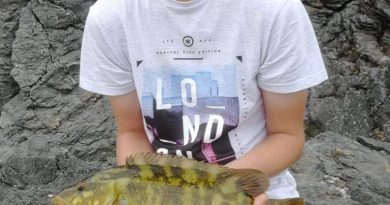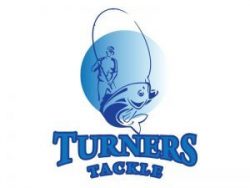Herring
Introduction: Herring, a small but significant fish species, plays a crucial role in the marine ecosystems around the United Kingdom. Found in abundance in the North Atlantic and North Sea, herring is not only a vital component of the food web but also holds historical and cultural significance. In this article, we will delve into the various aspects of herring, including their sizes, habitat, prey, and gender differences in the UK.
Sizes of Herring: Herring comes in various sizes, with the average length ranging from 20 to 38 centimeters. These silvery fish have streamlined bodies, allowing them to navigate the waters with ease. While size can vary, herring generally fall within this range, making them a manageable prey for larger marine predators.
Habitat: Herring are highly adaptable and can be found in a variety of habitats, from coastal waters to deeper offshore areas. In the UK, herring are commonly found in the North Sea, the English Channel, and the Atlantic Ocean. They are known to form large schools, which serve as both a defense mechanism against predators and a means of enhancing their chances of finding food.
Prey: Herring are primarily filter feeders, consuming plankton, small fish larvae, and tiny crustaceans. Their specialized gill rakers allow them to filter these small organisms from the water efficiently. Herring play a crucial role in the food chain, as they serve as a vital link between primary producers (plankton) and larger predators. This makes them a target for numerous marine species, including seabirds, seals, and larger fish.
Gender Differences: The gender differences in herring are not as pronounced as in some other fish species. Both male and female herring have a similar appearance, making it challenging to distinguish between them visually. However, during the spawning season, subtle differences may become apparent. Female herring tend to be slightly larger than males, as they need to carry and release their eggs into the water. Additionally, the bellies of female herring may appear rounder when filled with eggs.
Spawning Season and Reproduction: The spawning season for herring in the UK typically occurs from late autumn to early spring. During this period, herring migrate to specific spawning grounds, where they release their eggs and sperm into the water. The fertilized eggs then develop into larvae, marking the beginning of a new generation of herring. This cyclical process is vital for maintaining healthy herring populations and ensuring the continued balance of the marine ecosystem.
Conclusion: Herring, with its modest size and unassuming appearance, holds immense ecological importance in the waters surrounding the United Kingdom. From their varied sizes and adaptable habitats to their role as prey and subtle gender differences, herring play a multifaceted role in the marine environment. Understanding and appreciating the intricacies of these fascinating fish is crucial for the conservation and sustainable management of the marine ecosystems they inhabit.




